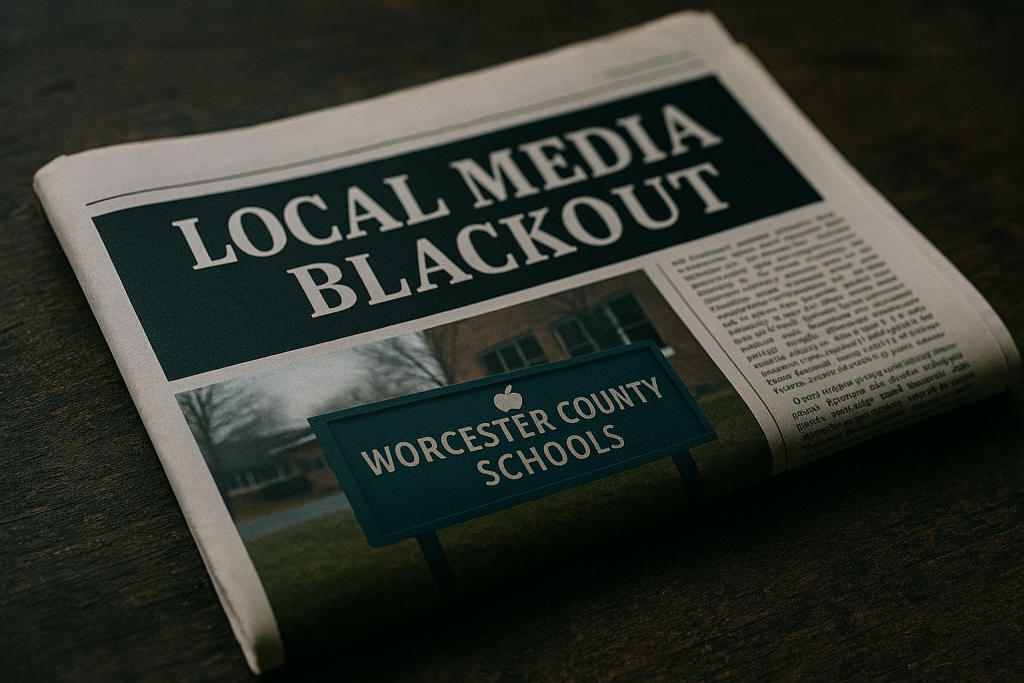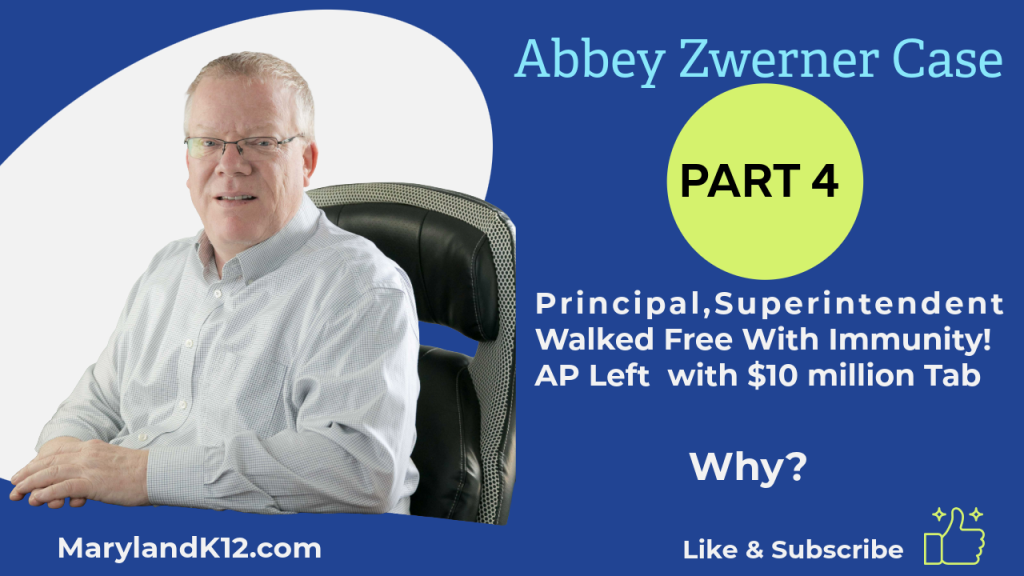
Tutoring Can Be Costly. Here’s How to Make It Cost-Effective
In education as in finance, a diverse portfolio can be the most sustainable investment.
School District 11 in Colorado Springs hopes this kind of portfolio approach will enable it to continue to provide cost-effective tutoring for its students after federal support for learning-recovery efforts runs out next year.
In 2022-23, the Colorado district tutored more than 280 elementary students through a combination of in-person and virtual live tutors. Each year, it plans to target tutoring to students in the grades and subjects who need the most help with particular skills and match individual students to providers that specialize in the skills they need. While three district and outside providers administer tutoring in different subjects and grade levels, District 11 provides common curricular resources and ongoing training for tutors across providers to ensure all of them are aligned with and supplementing, rather than replacing, classroom instruction.
“Having this partnership with the data and the tutor providers—so that they’re striving for the same goal and accountable for that goal—that truly has been amazing,” said Tamara Acevedo, the district’s chief academic officer. “We think it can be a game changer for not just how our district does work but how other districts work in the future with companies that provide tutoring.” Outside tutoring groups are paid in three stages, based on how much progress students make, rather than the number of hours they spend doing the tutoring.
While some states, such as Tennessee, have built tutoring into their funding formulas, most districts that want to continue tutoring after federal recovery money runs out will be on their own, said Susanna Loeb, an education professor and director of the National Student Support Accelerator at Stanford University, which studies ways to scale up high-impact tutoring. “I think there is funding in [existing budgets]; it’s just a question of using the resources that you have more effectively.”
Accelerate, a nonprofit funded by the Bill and Melinda Gates Foundation to study best practices in tutoring, found in a recent report that many existing federal funding streams, such as the Title I program for disadvantaged students, Title II grants for teacher training, and special education funding can all be used to support tutoring programs with advanced planning.
Tracking student data is critical to ensuring programs are cost-effective, said Nakia Towns, Accelerate’s chief operating officer.
Loeb’s accelerator is working with districts to train paraeducators to serve as tutors or to grow their own tutors into teachers. For example, the Guilford County public schools in North Carolina has partnered with the University of North Carolina-Greensboro to incorporate tutoring as part of aspiring teachers’ required preservicehours, providing a steadier pool of trained tutors.
Cost-effectiveness is key
Studies find the most effective tutoring takes place at school, during the school day, taught by teachers or trained professional tutors rather than peers or volunteers. These high-dose tutoring sessions involve groups of no more than three or four students per tutor and last for at least 30 minutes, three or more times a week.
“It’s really important to distinguish the kind of tutoring that is more one-off, where the student comes and opts in because they want some help on their homework or something like that,” Loeb said. “Those can be really great supports for students, but it isn’t the kind of intensive program that really takes a student and accelerates their learning or moves a struggling student onto grade-level work. That takes intensive work.”
But relatively few schools offer such intensive tutoring, and fewer students participate. The National Center for Education Statistics finds little more than 1 in 10 students receive this intensive, high-quality tutoring. In a nationally representative survey in December 2022, the University of Southern California Center for Economic and Social Research found fewer than 1 in 4 students with below-average grades received any tutoring, and less than 4 percent had long- or frequent-enough tutoring time in small groups for their lessons to be considered high-dose tutoring. (The survey did not ask about tutor qualifications or where the tutoring took place.)
Though it’s clear high-dose tutoring costs more in labor and resources than other forms of the intervention, Loeb said, there’s still no consensus around how much schools should pay for the intensive tutoring. Costs depend on the grades and subjects needed, as well as access to tutors and space.
But even small in-house programs can help, particularly for younger students. For example, Broward County, Fla., provided one-to-one tutoring for kindergartners struggling with early literacy. Rather than half-hour sessions, tutors met with students for seven to 10 minutes every day, targeting specific skills, at a cost of about $500 per student per year. “We saw the proportion of kindergarten students reaching the goals that the district had set for early reading go from just under 30 percent to well over 60 percent. So there was a really dramatic change,” Loeb said.
Avoiding repeating mistakes
High-dose tutoring has been the centerpiece of federal learning-recovery efforts since the pandemic. The U.S. Department of Education dedicated $20 million in American Recovery Act money in 2022 to provide 250,000 new school tutors and mentors via AmeriCorps and other groups; as ofthis summer, the initiative had provided grants to recruit 26,000 tutors in high-need areas. The department even urged universities to extend work-study credit to college students who serve as school tutors. But there has been no count of how many new tutors are working this year.
While the Council of Chief State School Officers estimates that states have spent $700 million in Elementary and Secondary School Emergency Relief, or ESSER, funds to expand tutoring programs, Robin Lake, who has been closely watching the rollout as the director of the Center for Reinventing Public Education at Arizona State University, said districts have been reluctant to invest in the most intensive tutoring.
“I think, in general, districts have held tight to the steering wheel. They have put money behind what they know—more staffing or deferred maintenance on things,” Lake said. “For many reasons, the money has not gone as far to things, like tutoring, that really work. … It is a huge missed opportunity.
“That money’s already been spent,” she continued, “but with the remaining funds … now, we have a much, much clearer idea about the scope of the problem, the challenge, and the needed strategies to address the problem.”
It’s not the first time the federal government has invested in large-scale tutoring expansion, and education watchers hope districts’ current tutoring efforts prove more effective and sustainable than the supplemental educational services that were part of the No Child Left Behind Act’s approach to school improvement from 2003 through 2015.
Under NCLB, schools that did not meet annual student-progress goals for multiple years had to offer low-performing students out-of-school tutoring, often provided by the district or outside providers. Four states today are using recovery funding to provide similar microgrants for parents to pay for private tutoring.
But longitudinal studies of those efforts found that supplemental educational services did little to actually improve students’ reading or math performance and that schools struggled to align tutoring with school curriculum or identify the students who most needed help.
“There’s not a lot of evidence that the supplemental educational services under NCLB were very effective on average—and in retrospect, maybe that shouldn’t have been terribly surprising,” said Brian Gill, a senior fellow at the research firm Mathematica, who has studied supplemental educational services and other tutoring programs. “There wasn’t really a systematic mechanism for the tutoring providers to coordinate with what was going on in the classroom, which subsequently has been found—again, not surprisingly—to be one of the characteristics that tends to make tutoring more effective. At a minimum, you would hope to make sure that the tutoring instruction is reinforcing the classroom instruction rather than competing with it.”
Experience with NCLB tutoring has helped clarify factors that make programs more sustainable, Gill said. For example, incorporating tutoring sessions into the school day, rather than before or after school, eliminates the need for parents to organize transportation and can give tutors more opportunity to coordinate with teachers on the skills students need to practice.
Boosting participation
One simple way to make tutoring programs more effective and sustainable, Acclerate’s Town said, is to make sure the students who need tutoring actually participate.
Studies find low-income and low-performing students—those who are often most in need of an academic boost—are the least likely to opt into voluntary tutoring. Rather, she recommended schools identify and target specific students for tutoring aligned to the skills they need to develop.
But Keri Rodrigues, a co-founder and president of the National Parents Union, a network of more than 1,000 parent-advocacy groups nationwide, warned that schools need to communicate more clearly with parents about their children’s needs to drum up program attendance.
“You can create the program, but if you tell everybody, ‘No, you’re fine, your kid’s fine, [earning] A’s and B’s,’ no one’s going to sign up,” Rodrigues said. “We’ve seen many districts kind of play kind of fast and loose by saying, ‘Oh, the tutoring is available, but it may not be worth even doing.’ ”
She advised schools to emphasize to parents the importance of tutoring by using student data. “It’s almost October, and we’re getting all of those results back from statewide tests,” Rodrigues said. “We could be using that data to identify the kids that are not making progress to grade level and generating information to parents saying, ‘Hey, uh, regardless of what may have been on a previous report card, this is where your child is in terms of being at grade level. You should think about tutoring.’ ”
Planning for the long term
Mathematica’s Gill noted that there’s no guarantee that the different types of sources available now to support tutoring, whether they come from foundations or government sources, will continue. “They’re not built to work permanently,” he said. “This is one of the reasons that it is important to get providers experimenting with technology-enhanced versions and other things that might be less expensive to do and easier for districts to afford in absence of the extra federal funding.”
For example, District 11 is part of a national pilot by the Southern Education Foundation to develop contracts for tutoring providers based on student outcomes rather than student participation alone. Air Tutors, the group contracted to provide math support to 4th and 5th graders in Colorado Springs, had to provide trained tutors and site coordinators for tutoring sessions that met “high dosage” standards but also had to meet minimum participation requirements for all students and show faster-than-average student growth on the district’s STAR interim assessment. The tutored students progressed by one-and-a-half school years in 2022-23, for example, according to Acevedo, the district’s chief academic officer. The school system measures progress based on its interim assessment.
Success creates its own sustainability, Acevedo said. As more students regain their academic momentum, the district can narrow the focus of the most expensive and intensive tutoring to become more efficient.
“The idea of that [federal] recovery money really was to address learning loss that we saw as a result of the pandemic, and we’re already seeing that we’re shrinking that gap,” she said.
Dig Deeper With Our Longreads
Newsletter Sign up to get our best longform features, investigations, and thought-provoking essays, in your inbox every Sunday.
The MEN was founded by John Huber in the fall of 2020. It was founded to provide a platform for expert opinion and commentary on current issues that directly or indirectly affect education. All opinions are valued and accepted providing they are expressed in a professional manner. The Maryland Education Network consists of Blogs, Videos, and other interaction among the K-12 community.







